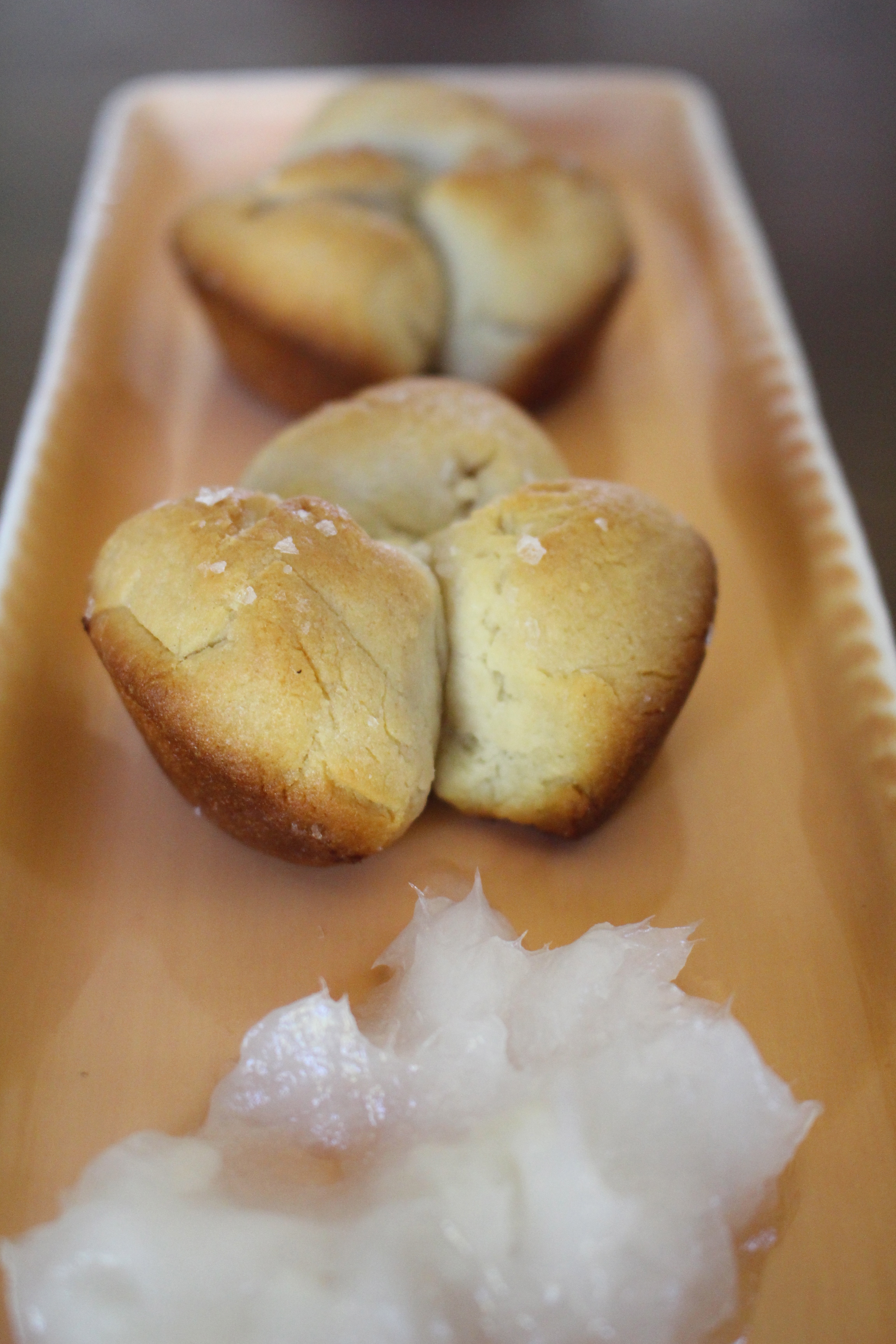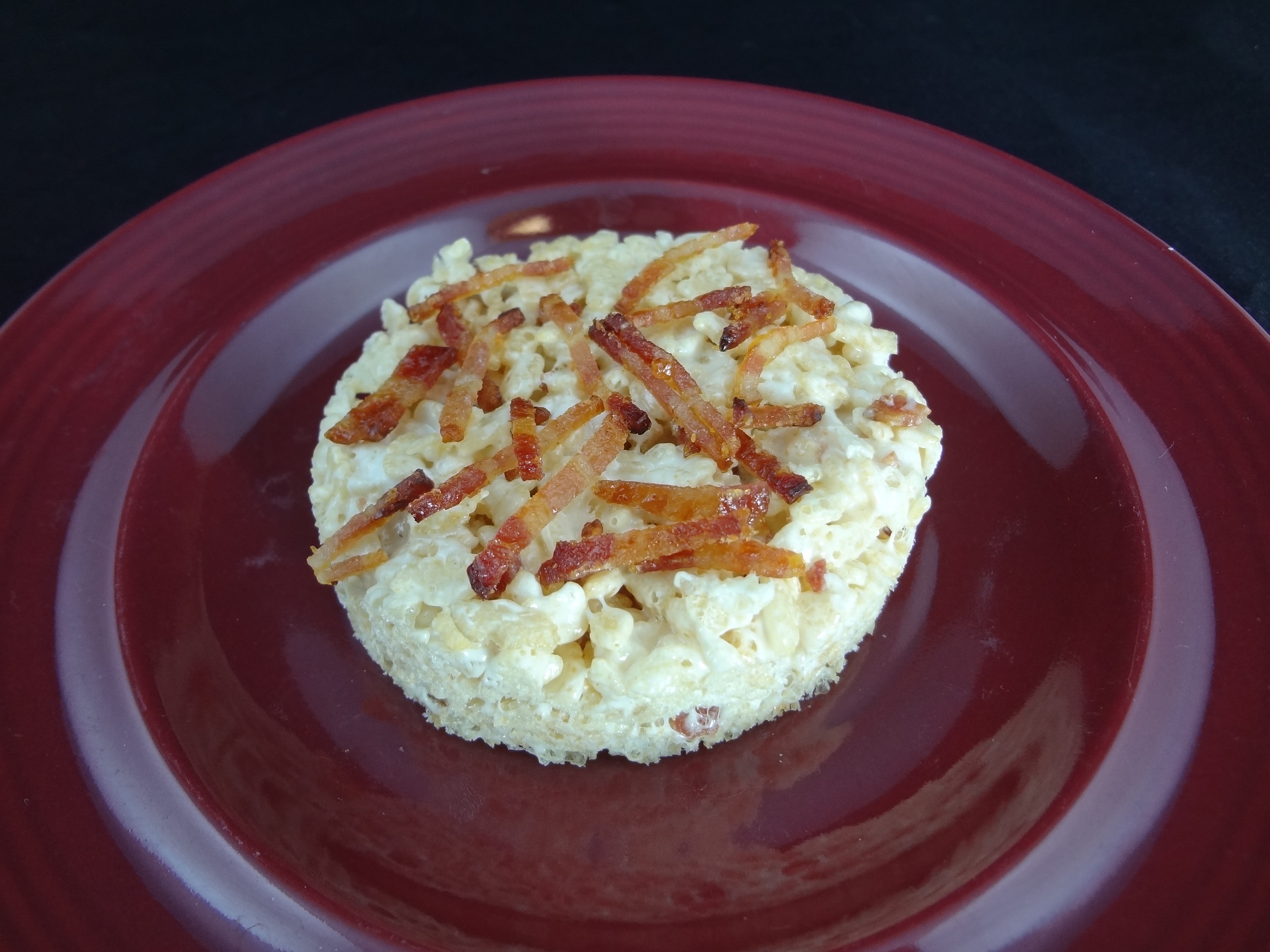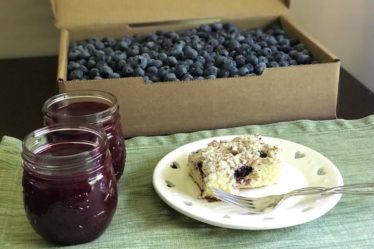
Do you ever do something and you KNOW it is a mistake? It could be as simple as eating that extra cookie or slice of cake. Maybe it is when you buy a dress a size too small thinking you will lose enough weight to fit in it by next summer. How about that selfie you took in the bathroom making a ducky face? (I really don’t get taking pics where you poop but to each his own.)
I had one of those moments. (Maybe I had two because now I am rethinking that poop comment.) This weekend I thought it would be fun to make homemade rolls for Easter.
Normally, I am pretty successful in my bread making endeavors. I’ve taken enough classes and know the big “secrets” to making a delicious loaf or two. But yesterday, I was in bread hell. (Otherwise known as a gluten free bakery.) I had my recipe in hand, Kitchen aid was pulled out and was all set EXCEPT for the ingredients!
I was missing a few key things……like flour and shortening. (I was also missing energy. Note to self: Bread isn’t something to make weeks after surgery because it is exhausting.)
So today I am doing something different. Instead of writing a fun recipe on how to successfully bake bread. I am going to write a blog on 11 common mistakes we make when baking bread.
Yeast is yeast. Yes and no. For dry yeasts, there is regular and quick-rise in most stores. It can be used in most recipes interchangeably BUT if it is old….forget it!!!Hot water is better than warm water. Your water temperature should be somewhere between 95-110 degrees. Sprinkle on your yeast and let it sit for about five minutes. I also add a sprinkle of sugar to feed the yeast. If it doesn’t get all bubbly in that five minutes…DO OVER. Don’t think it is magically going to rise. (Unless you bought some magical yeast from a fairy soliciting your neighborhood.)I don’t need to follow a recipe. Baking is a science. It isn’t like regular cooking. If you don’t have all the components right, you won’t have good bread. Ta-dah.Flour is flour. When yeast is added to flour, it interacts with the gluten and starts to grow. If you introduce the yeast to a flour that is gluten free like a rice flour, you have to introduce a leavening agent. A lot of gluten free flours for baking have leaveners already added so look at the ingredient list if you are going to use it for baking bread.I’m watching my salt so I’m going to not use any in my bread.Salt controls yeast activity. Too much slows down the yeast, too little and the yeast becomes overactive and you will end up with overexpansion.I love sweet bread so I am going to double the sugar. Sugar likes water so it drinks it like…um…water. When that happens there isn’t anything left for the yeast.I don’t need to proof.Yes you do! Proofing allows the yeast to produce nice airy pockets. You want that in your bread.I want super airy bread so I will let it proof for hours.Um, this is bad too. The yeast is like a carbonated soda (which you shouldn’t drink because they are poison). Initially, you get a lot of bubbles and the drink tastes great but after sitting in your cup for an hour, it loses the fizzle and just isn’t so yummy. Yeast is the same way….it fizzles out.I feel the need to knead.There is a delicate balance of knowing when you are done kneading. If you have a big strong man (or sister in law) kneading your bread, there is a tendency to do too much. So you need to do the windowpane test. Take a small piece of the dough and stretch it so it resembles a pane of window glass. If the dough is properly kneaded, the dough should stretch very thin without breaking. Your gluten is developed the way it should be so you can let it go sit in a nice warm corner and rise now.I don’t like punching my bread. It is mean. It isn’t really mean but you should start with a poke. After the recommended proofing time is over (your recipe will tell you), give the dough a gentle poke like a half of an inch in. If it pushes back slowly, you are good.I want my bread done faster so I’m going to turn up the oven.Yeast produces gas when it is introduced to the heat of the oven. If the oven is too hot, you get one fast burst and it is over. Your bread is flat.
So how many of these mistakes did I make yesterday? I know I made at least 3-4 of those mistakes when I made my rolls yesterday. I totally didn’t follow the recipe, I subbed my flour without any thought of the consequence, someone kneaded the hell out of the bread (I’m not blaming anyone) and I’m really not sure what my oven temperature was at the time of baking.
The bread wasn’t a total fail. It just wasn’t the light fluffy roll I was planning on. It was kind of dense but it did taste pretty great warm and smothered in coconut butter.
I will make the exact same recipe in the next few weeks after I recover from this disaster. Honestly, the minute I saw that I had NO regular flour in the house; I should have scraped the whole thing. (Or I should have googled how to bake with rice flour.) Either way, it was a good incentive for me to read more about baking bread and I know my next batch of bread will be the star of the show!


